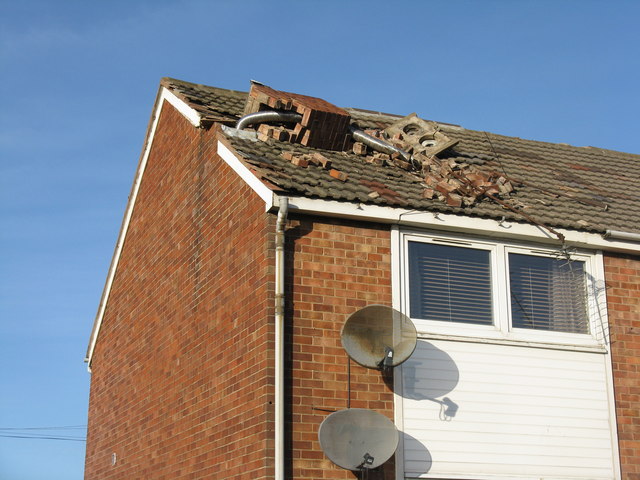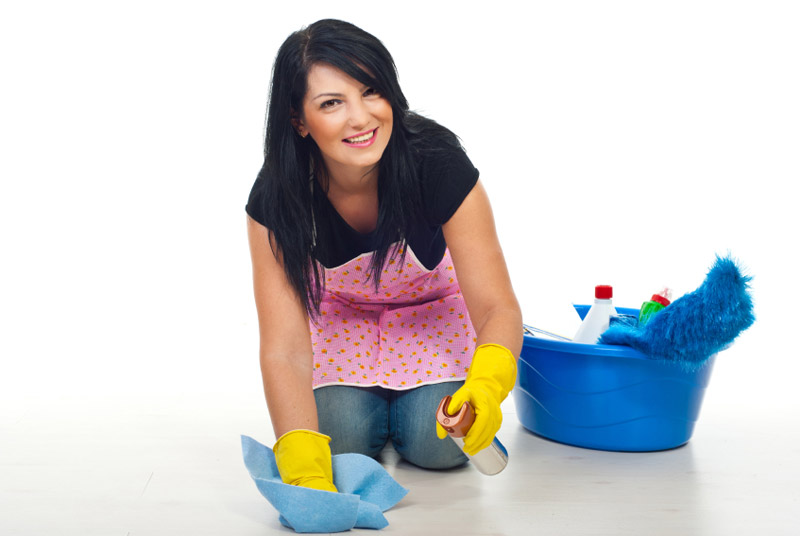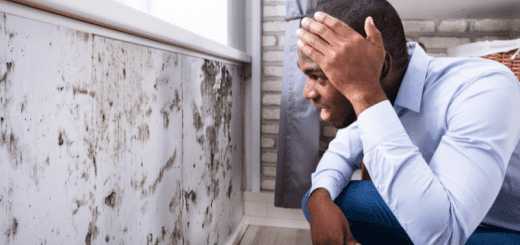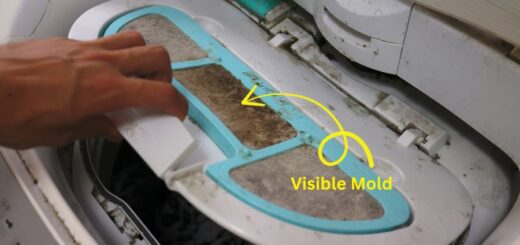How to Effectively Remove Mold from Potting Soil
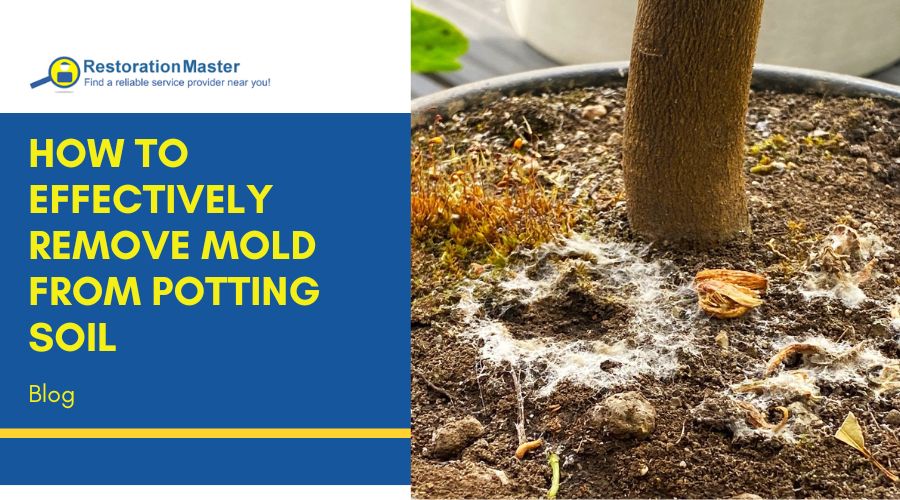
MoldMold is a type of fungus that grows in damp or humid conditi... More growth on potting soil may seem harmless, but for gardeners, it’s often an unwelcome sight. Whether it’s on the surface of your indoor potted plants or in the soil, moldMold is a type of fungus that grows in damp or humid conditi... More can be frustrating. Luckily, getting rid of moldMold is a type of fungus that grows in damp or humid conditi... More from potting soil doesn’t require a complex approach, and preventing future infestations is straightforward as well. Here’s how you can effectively remove moldMold is a type of fungus that grows in damp or humid conditi... More and keep your indoor plants healthy.
Why Does Mold Grow on Potting Soil?
MoldMold is a type of fungus that grows in damp or humid conditi... More thrives in moist, damp environments—just like the conditions we often create for our houseplants. If you’ve been overwatering your plants or your pots don’t drain well, you’re setting the perfect stage for moldMold is a type of fungus that grows in damp or humid conditi... More to develop. Commonly white and fuzzy, moldMold is a type of fungus that grows in damp or humid conditi... More such as Saprophytic Fungus feeds on decaying organic matter in the soil. While it’s not usually harmful to your plants, moldMold is a type of fungus that grows in damp or humid conditi... More is a sign that something needs to be adjusted in your plant care routine.
Here’s why moldMold is a type of fungus that grows in damp or humid conditi... More pops up in your pots:
- Overwatering: When you water your plants too much, it creates a damp environment that moldMold is a type of fungus that grows in damp or humid conditi... More loves.
- Poor Drainage: If your pot doesn’t have enough drainage, the excess moisture can leadLead is a heavy metal that can be toxic to humans, especiall... More to moldMold is a type of fungus that grows in damp or humid conditi... More.
- Contaminated Soil: Sometimes, soil with existing moldMold is a type of fungus that grows in damp or humid conditi... More sporesSpores are microscopic reproductive units of fungi or mold t... More is the culprit.
- Excess Moisture: MoldMold is a type of fungus that grows in damp or humid conditi... More feeds on decaying plant matter, so anything that stays damp for too long becomes a moldMold is a type of fungus that grows in damp or humid conditi... More magnet.
How to Remove Mold from Potted Plants: 4 Easy Methods
Now, let’s talk about how to get rid of that annoying moldMold is a type of fungus that grows in damp or humid conditi... More! These methods are all simple and effective:
Repot the Plant
One of the most effective ways to get rid of moldMold is a type of fungus that grows in damp or humid conditi... More is to repot the plant. Start by removing the plant gently from its pot and discarding the old soil. Make sure to throw away the moldy soil to avoid spreading sporesSpores are microscopic reproductive units of fungi or mold t... More to the fresh soil. Clean the pot thoroughly before reusing it.
To do this, soak the pot in a solutionA solution is a homogeneous mixture of two or more substance... More of 9 parts water to 1 part bleach for about 10 minutes. After that, rinse it well with warm water and dish soap, then dry it completely. Before placing the plant back in the pot, rinse the roots and wipe any remaining moldMold is a type of fungus that grows in damp or humid conditi... More off the leaves. If there are any sporesSpores are microscopic reproductive units of fungi or mold t... More left, they could cause a reoccurrence of the moldMold is a type of fungus that grows in damp or humid conditi... More. As a final step, give your plant a light spray of a mild fungicide to keep moldMold is a type of fungus that grows in damp or humid conditi... More from coming back.
Expose the Plant to Sunlight
Sunlight is nature’s moldMold is a type of fungus that grows in damp or humid conditi... More killer! The ultraviolet rays in direct sunlight can destroy the moldMold is a type of fungus that grows in damp or humid conditi... More sporesSpores are microscopic reproductive units of fungi or mold t... More, so it’s a great way to tackle surface moldMold is a type of fungus that grows in damp or humid conditi... More. Simply place the plant in a sunny spot, and let the sunshine work its magic. This is especially helpful if the moldMold is a type of fungus that grows in damp or humid conditi... More is just on the surface of the soil.
If your plant is sensitive to direct sunlight, try removing it and spreading the affected soil out in the sun. This will dry out the moldMold is a type of fungus that grows in damp or humid conditi... More without harming your plant. For an added boost, sprinkle some baking soda on the soil. The baking soda absorbs excess moisture and helps prevent moldMold is a type of fungus that grows in damp or humid conditi... More from coming back.
More Information to Read: Does UV Light Kill mold
Apply a Fungicide
Fungicides can help clear up moldMold is a type of fungus that grows in damp or humid conditi... More, and there are both natural and chemical options to choose from. One effective natural option is potassium bicarbonate mixed with water. It helps to stop white moldMold is a type of fungus that grows in damp or humid conditi... More sporesSpores are microscopic reproductive units of fungi or mold t... More from growing. If you prefer a quicker solutionA solution is a homogeneous mixture of two or more substance... More, you can also use a chemical fungicide.
Before applying fungicide, remove the top layer of moldy soil and wipe down the plant’s leaves with a damp cloth to remove any visible moldMold is a type of fungus that grows in damp or humid conditi... More. Once your plant looks mold-free, spray a generous amount of fungicide on the plant and the top layer of soil.
Use Natural Anti-Fungal Remedies
If you’re looking for a more natural solutionA solution is a homogeneous mixture of two or more substance... More, you can use ingredients like ground cinnamon, baking soda, or apple cider vinegar. These simple kitchen items work as natural anti-fungals to keep moldMold is a type of fungus that grows in damp or humid conditi... More at bay. Just sprinkle a little cinnamon or baking soda on the soil, or dilute apple cider vinegar with water and apply it to the affected area. These remedies are gentle and effective, allowing your plant to thrive without the need for harsh chemicals.
Mold Removal Services
Excess moisture triggers moldMold is a type of fungus that grows in damp or humid conditi... More infestations rapidly. When moldMold is a type of fungus that grows in damp or humid conditi... More colonies are rampant in your home or business, the services of a reputable mold remediation company are necessary. These professionals provide comprehensive mold remediation services and keep offensive sporesSpores are microscopic reproductive units of fungi or mold t... More from spreading.
Since the most effective way to eliminate moldMold is a type of fungus that grows in damp or humid conditi... More is to locate and repairRepair is the act of fixing or restoring damaged property, m... More the moisture source, experienced technicians perform this as an initial step. They then contain airborne moldMold is a type of fungus that grows in damp or humid conditi... More sporesSpores are microscopic reproductive units of fungi or mold t... More to prevent contaminationContamination is the presence of harmful or unwanted substan... More to other areas of the property.
Using industry-approved cleaning solutions and best practices, moldMold is a type of fungus that grows in damp or humid conditi... More removal specialists thoroughly clean up the moldMold is a type of fungus that grows in damp or humid conditi... More. As a final step in the reliable and proven mold remediationMold remediation is the process of identifying, removing, an... More process, skilled crews repairRepair is the act of fixing or restoring damaged property, m... More or replace surfaces that are damaged by moldMold is a type of fungus that grows in damp or humid conditi... More growth.

